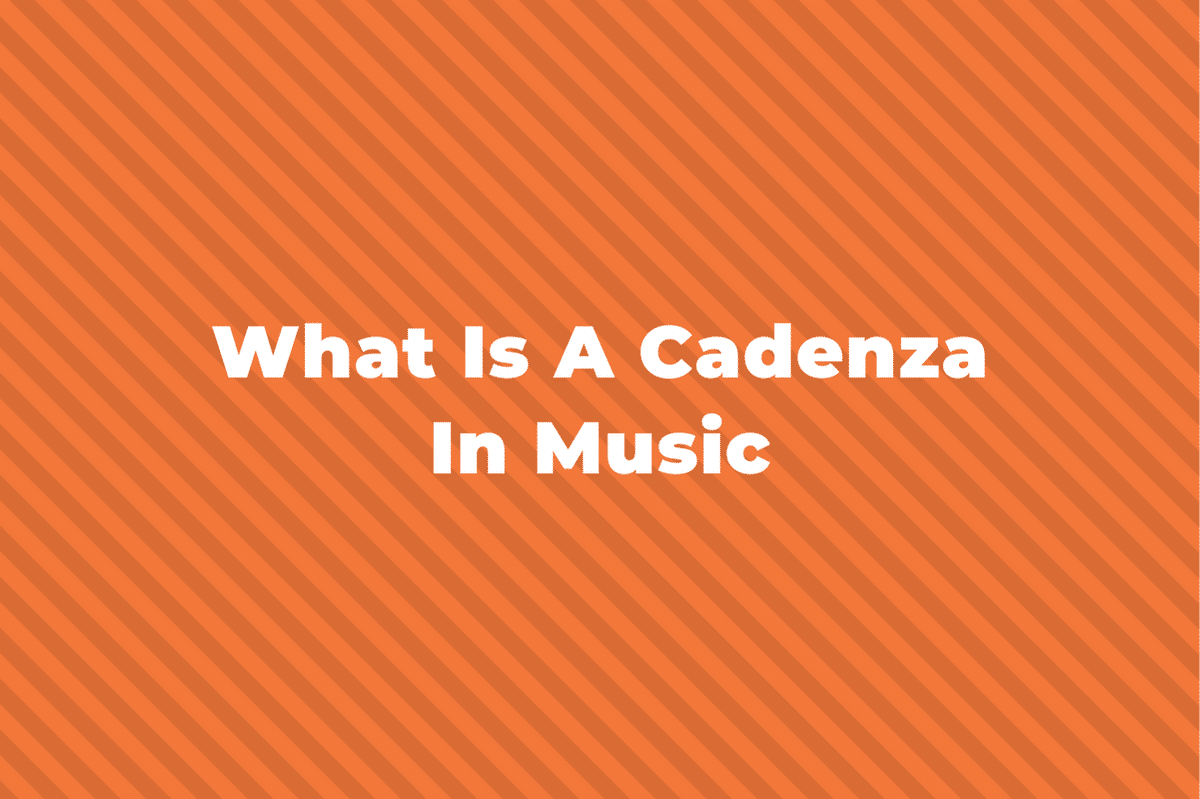While music is universal and transcends different languages, the words we use to describe it vary from country to country. If you’ve ever heard someone refer to a quaver and wondered what on earth that is, you’re not alone!
In this post, we’re going to be diving into all the different musical terms in both British and American English and what their differences are. Let’s get started.
Note Values
One of the biggest differences between American and British musical terms is the names of the notes.
If you’ve ever seen words like minim, quaver, and crotchet, the table below will explain what they mean.
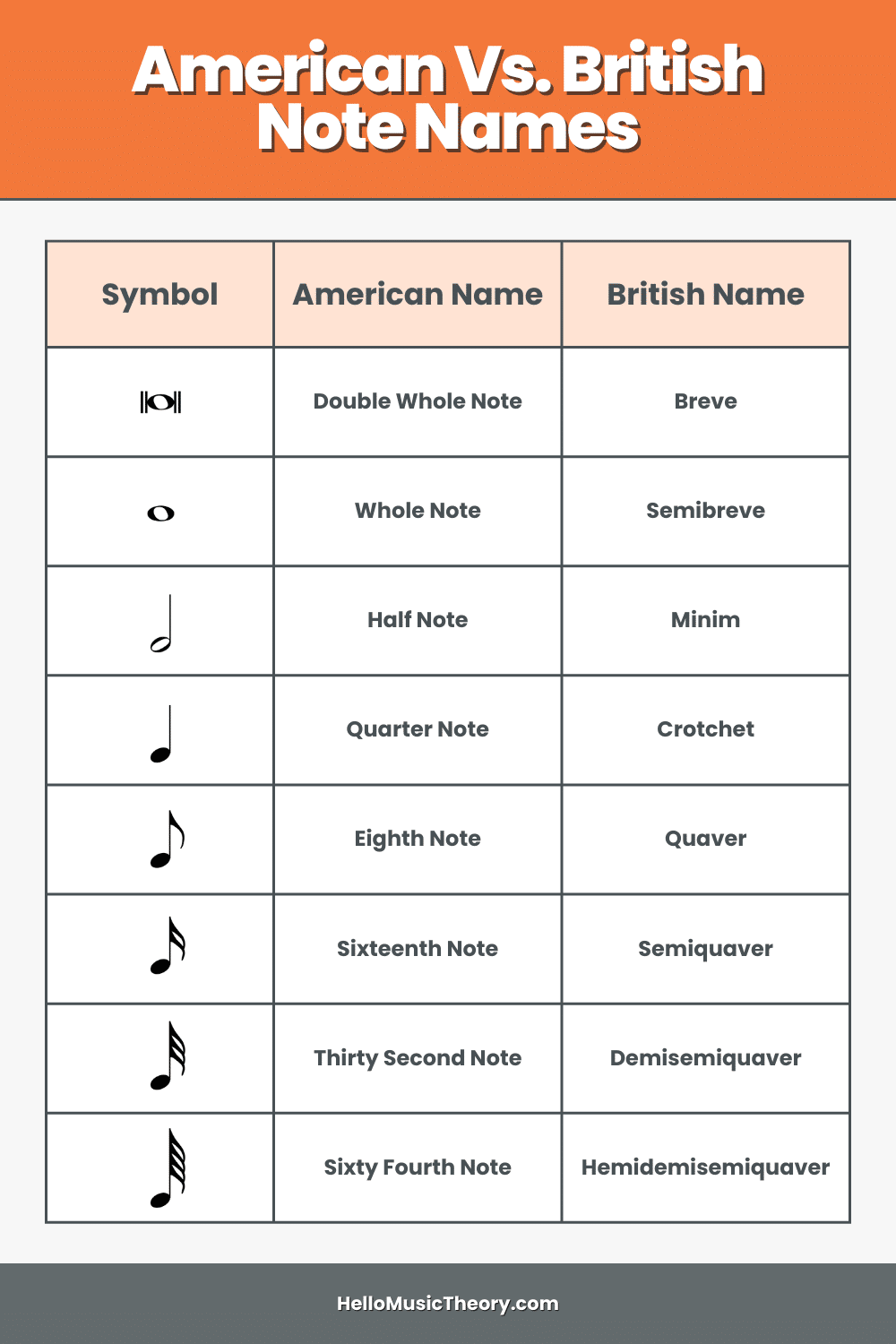
Rest Values
Of course, because the note values have different names, it means that the rests also have different names.
Below are all the American and British terms for musical rests.
| Image | American Terms For Rests | British Terms For Rests |
 | Double Whole Note Rest | Breve Rest |
 | Whole Note Rest | Semibreve Rest |
 | Half Note Rest | Minim Rest |
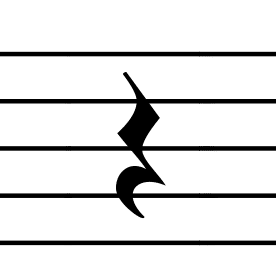 | Quarter Note Rest | Crotchet Rest |
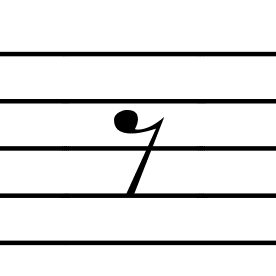 | Eighth Note Rest | Quaver Rest |
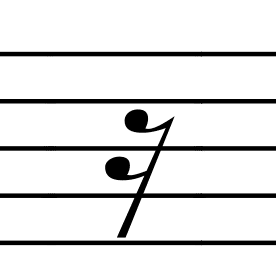 | Sixteenth Note Rest | Semiquaver Rest |
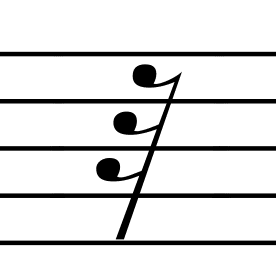 | Thirty-Second Note Rest | Demisemiquaver Rest |
Intervals And Scale Degrees
Another key difference is how the intervals between notes are described.
In British English, they use the words Semitones and Tones, and in the US, they use Half Steps and Whole Steps.
| American Terms | British Terms |
| Half Step | Semitone |
| Whole Step | Tone |
| Leading Tone | Leading Note |
| Picardy third | Tierce de Picardie |
Cadences
The next difference between the two is how cadences are described.
While some are the same (like plagal cadences), the words used to describe some of the other types are different. Here they are.
| Roman Numerals | American Terms | British Terms |
| V – I | Authentic Cadence | Perfect Cadence |
| I – V | Half Cadence | Imperfect Cadence |
| IV – I | Plagal Cadence | Plagal Cadence |
| V – VI | Deceptive Cadence | Interrupted Cadence |
Other
And lastly, we have some miscellaneous terms used to describe some of the other musical concepts that are different between the two nations.
| American Terms | British Terms |
| Staff | Stave |
| Measure | Bar |
| Bar, Barline | Barline |
| Fermata | Pause |
Summing Up
So there you have it—all the differences between British and American musical terms. We hope this helps explain everything.
If you have any questions about any of the terms in this post, please contact us, and we’ll be happy to help.


